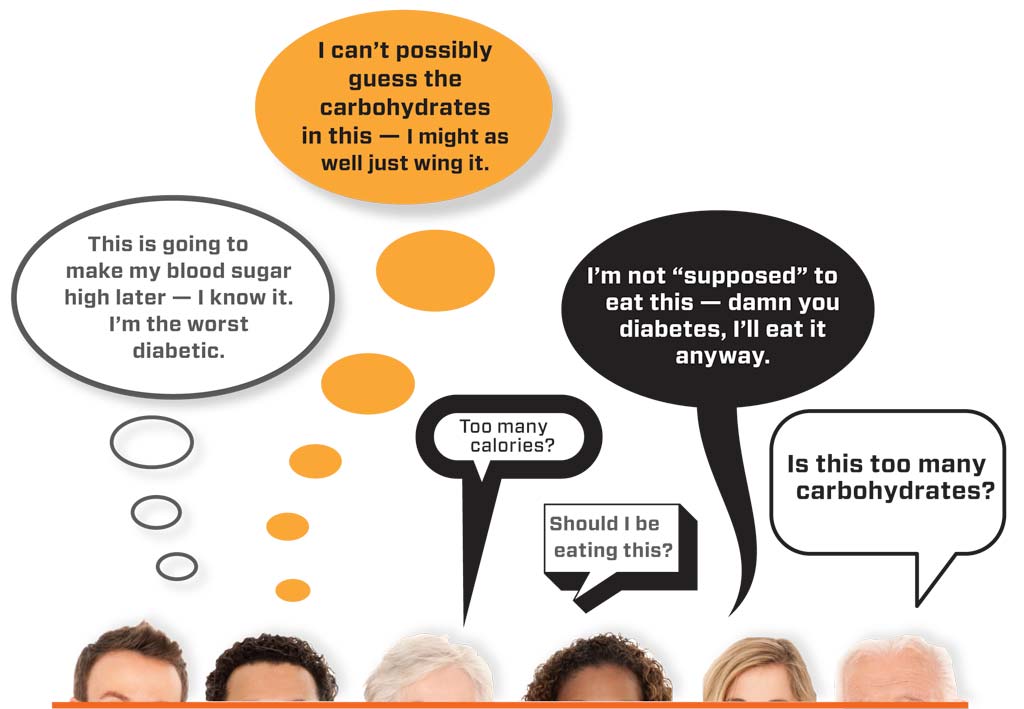

We spoke with Liz Meyer, the mom of a growing T1D boy who was diagnosed three years ago.
Here is her story.*
“I wish lowering A1c wasn’t as big of a problem as it is. I think the problem stems from doctors who still think in the ’80s.
When my son was diagnosed just three years ago, we were given “old school” practices to follow. It seems a lot of endos are not learning new ways of management. They think that if you have low A1C, you must be having a lot of lows.
At my son’s first clinical visit I remember his endo telling me that he needed to stay around a 7. I was only 2 days into his diagnosis and knew that wasn’t what was best for him. As he slept, I read every article I could find on the internet to educate myself about his new life. I am happy that I did because if we had walked out of the hospital taking what we were told as the gospel, he would be battling high blood glucose all the time.
As it stands, he hasn’t been above 6.4 since his first post-discharge appointment and has had an A1C of 5.4 or less for over two years.
- It is attainable for Type 1s to maintain non-diabetic numbers without having significant lows.
- It is attainable without starving yourself of needed nutrition.
- It is attainable eating like a normal (almost 11) year old boy.
At my son’s recent appointment, we barely even talked to the doctor. He comes in and says, “I can’t give you adjustments or tell you to do anything differently because there is nothing that you can do differently.”
I just wish more endos were on board to learn better management and would teach it to their patients.
Our secret weapon is Dexcom along with using Sugar Surfing (Amazon) techniques to manage. We got a Dexcom G5 within two months of diagnosis and have a G6 now. I think CGM technology is way ahead of the typical doctor.
Old school guidelines like the 15/15 rule don’t make sense when you have real-time blood glucose measurement.
Thank you for your time, just thought I’d share what was on my mind as the mom of a growing t1 boy.
(*) Note: The recommendations in this article are based on Liz Meyer’s personal experience. Some people think it can be dangerous to put a child in bed with an A1C in the normal range because you have to wake up the child often. They also feel that the real news is that time in range is more important than just the A1C.







